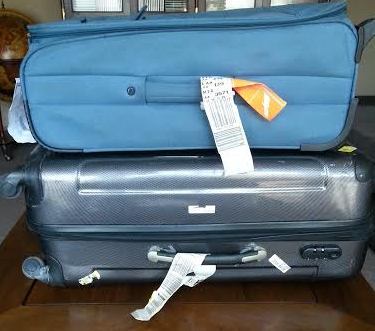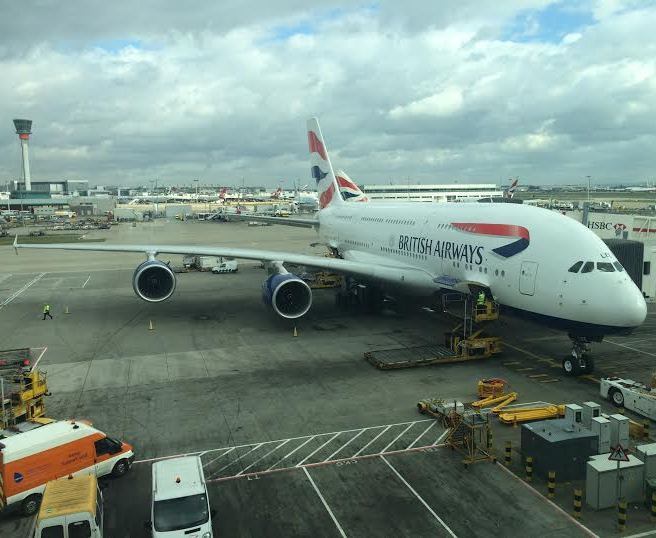Travel News
Why US Airports Fall Behind Global Competitors
Yes, U.S. airports have a long way to go to compare to their global competitors. So…which airports DO I like? And what criteria do I use to determine a great airport? It’s really quite simple. I don’t define a great airport by great shopping, or spas, or restaurants. If an airport features cute rocking chairs, that’s a red flag for me (translation: you’re going to be here a while).
The real key here is the criteria I use to determine a great airport. For road warriors and frequent fliers, the bottom line is actually quite simple:
- How easy is it to get to the airport? What’s the impact of automobile traffic and possible gridlock? Are there great mass transit options?
- How easy is it to navigate the airport? How quickly can you get to the plane?
- How well is the airport designed to actually allow for on time performance? How long is the taxi time? How many usable runways?How realistically is the airport scheduled by airlines?
There are U.S. airports that are chronically challenged by either size, design or both. Based on DOT on time rankings for 2012 Newark (EWR), LaGuardia (LGA), San Francisco (SFO) and Chicago (OHR) are most in the need for improvement. Miami (MIA) is getting better, but still has a ways to go.
Here are the U.S. airports that really work for me:
- Salt Lake City (SLC): SLC has figured out how to deal with weather. Despite snow, they hardly ever close the airport. They are the masters of snow removal from runways. In fact, Salt Lake has a great on-time performance
- Oakland (OAK): a terrific alternative to San Francisco and its runway/weather problems
- Minneapolis (MSP): a great on- time departure record
- Tampa (TPA):the airport functions well and efficiently
- Austin (AUS) and Colorado Springs (COS): beautifully run, smaller airports
By Peter Greenberg for PeterGreenberg.com












